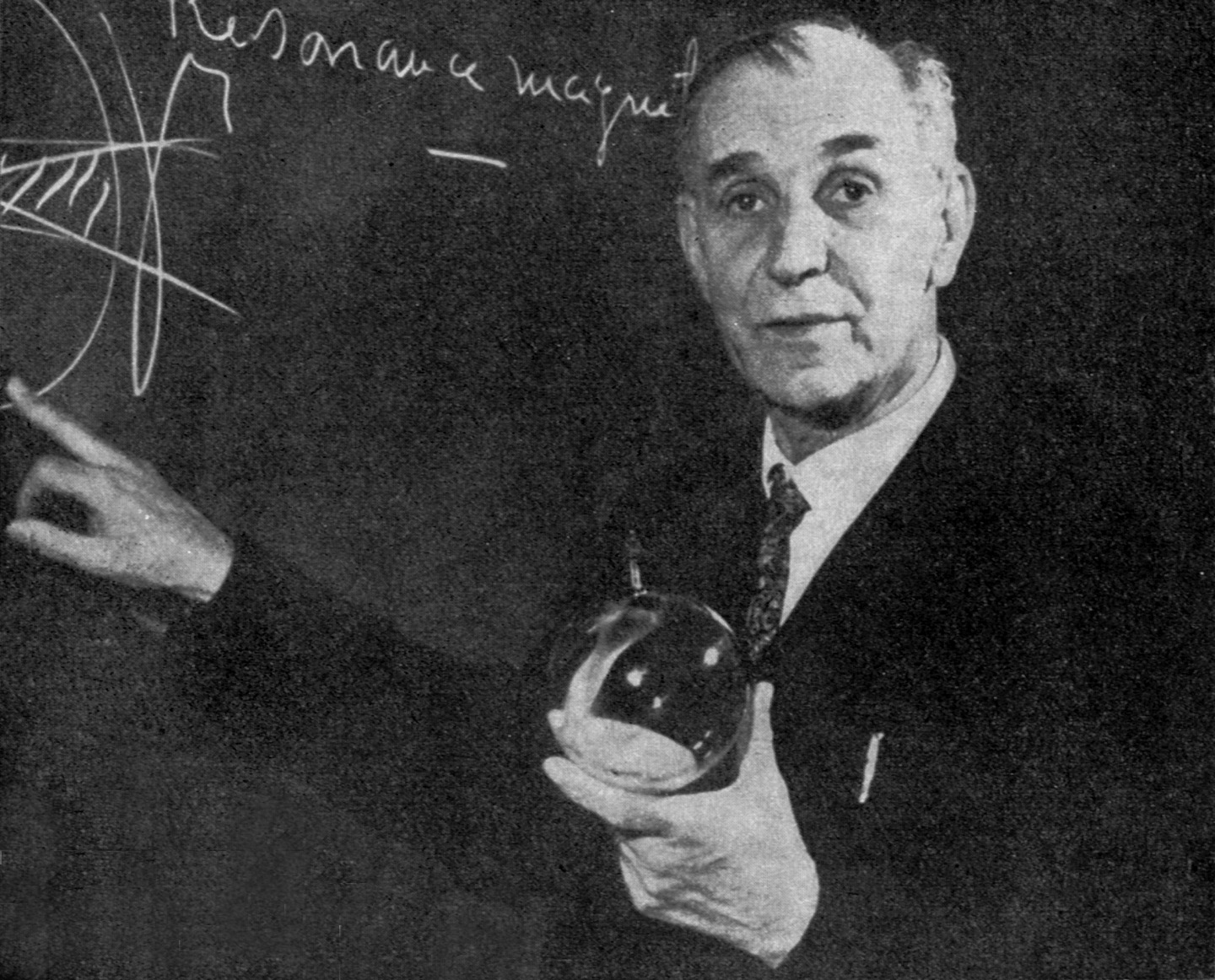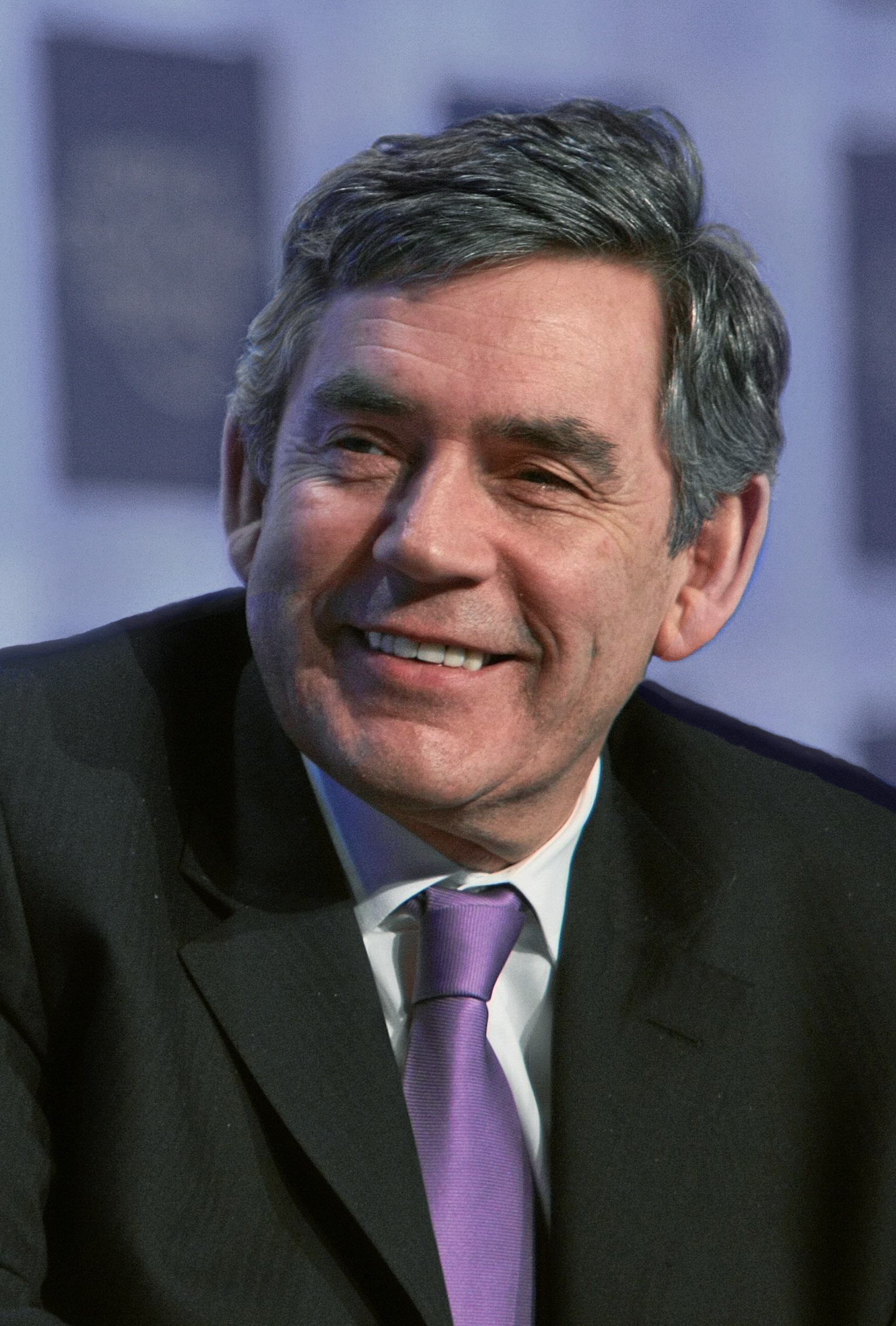|
William (Bill) Culican
William "Bill" Culican (21 August 1928 – 24 March 1984) was an Australian archaeologist and lecturer in biblical archaeology and pre-classical antiquity at the University of Melbourne. Life Born at New Barn Farm, Great Harwood, Lancashire, he read classics and archaeology at the University of Edinburgh after a period in the Army, then won a scholarship to Queen’s College, Oxford. His studies centred on Egyptian, Mediterranean and middle eastern subjects, and he learned Egyptian, Sumerian and Akkadian. He came to Australia and obtained a position as lecturer in Semitic studies at the University of Melbourne in 1960, senior lecturer in 1964, transferred to the department of history in 1966, and became reader in 1972. He was a Fellow of the Humanities Research Council (1966) and Foundation Fellow of the Australian Academy of the Humanities (1969). In 1965 he founded the Archaeological Society of Victoria which evolved into the Archaeological and Anthropological Society o ... [...More Info...] [...Related Items...] OR: [Wikipedia] [Google] [Baidu] |
Australian Archaeology
Australian archaeology is a large sub-field in the discipline of archaeology. Archaeology in Australia takes four main forms: Aboriginal archaeology (the archaeology of Aboriginal and Torres Strait Islander peoples in Australia before and after European settlement), historical archaeology (the archaeology of Australia after European settlement), maritime archaeology, and the archaeology of the contemporary past (after World War II). Bridging these sub-disciplines is the important concept of cultural heritage management, which encompasses Aboriginal and Torres Strait Islander sites, historical sites, and maritime sites. Research and investigations Archaeological studies or investigations of Aboriginal and Torres Strait Islander people and culture in Australia have had many different agendas through time. Initial archaeological investigation was often focused on finding the oldest sites. By the 1970s, archaeological research was also concerned with the environment and th ... [...More Info...] [...Related Items...] OR: [Wikipedia] [Google] [Baidu] |
Port Essington
Port Essington is an inlet and historic site located on the Cobourg Peninsula in the Garig Gunak Barlu National Park in Australia's Northern Territory. It was the site of an early attempt at British settlement, but now exists only as a remote series of ruins. Settlement In August 1618 Lenaert Jacobszoon, the captain of the Dutch East India Company vessel ''Mauritius (1618 ship), Mauritius'', marked the point on the entrance to what was later called Port Essington, on the Dutch charts as Kape Schildpad (Cape Turtle). In the early 19th century, the United Kingdom, British government became interested in establishing a settlement on Australia's northern coastline in order to facilitate trade with Asia. Port Essington was named on 23 April 1818 by Phillip Parker King in 'as a tribute of my respect for the memory of my lamented friend, Vice-Admiral Sir William Essington', who was in command of ''HMS Triumph (1764), Triumph'' at the battle of Camperdown in October 1797. Sir J.G ... [...More Info...] [...Related Items...] OR: [Wikipedia] [Google] [Baidu] |
1928 Births
Events January * January – British bacteriologist Frederick Griffith reports the results of Griffith's experiment, indirectly demonstrating that DNA is the genetic material. * January 1 – Eastern Bloc emigration and defection: Boris Bazhanov, Joseph Stalin's personal secretary, crosses the border to Iran to defect from the Soviet Union. * January 17 – The OGPU arrests Leon Trotsky in Moscow; he assumes a status of passive resistance and is exiled with his family. * January 26 – The volcanic island Anak Krakatau appears. February * February – The Ford River Rouge Complex at Dearborn, Michigan, an automobile plant begun in 1917, is completed as the world's largest integrated factory. * February 8 – Scottish-born inventor John Logie Baird broadcasts a transatlantic television signal from London to Hartsdale, New York. * February 11 – February 19, 19 – The 1928 Winter Olympics are held in St. Moritz, Switzerland, the first as a separate event. Sonja Henie of ... [...More Info...] [...Related Items...] OR: [Wikipedia] [Google] [Baidu] |
1984 Deaths
__NOTOC__ The following is a list of notable deaths in 1984. Entries for each day are listed alphabetically by surname. A typical entry lists information in the following sequence: * Name, age, country of citizenship at birth, subsequent country of citizenship (if applicable), reason for notability, cause of death (if known), and reference. Deaths in 1984 January * January 1 ** Alexis Korner, British blues musician and broadcaster (b. 1928) ** Joaquín Rodríguez Ortega, Spanish bullfighter (b. 1903) * January 5 – Giuseppe Fava, Italian writer (b. 1925) * January 6 – Ernest Laszlo, Hungarian-American cinematographer (b. 1898) * January 7 – Alfred Kastler, French physicist, Nobel Prize laureate (b. 1902) * January 9 – Sir Deighton Lisle Ward, 4th Governor-General of Barbados (b. 1909) * January 11 – Jack La Rue, American actor (b. 1902) * January 14 ** Saad Haddad, Lebanese military officer and militia leader (b. 1936) ** Ray Kroc, American entrepreneur (b. 1902) * J ... [...More Info...] [...Related Items...] OR: [Wikipedia] [Google] [Baidu] |
People Associated With The University Of Edinburgh School Of History, Classics And Archaeology
The term "the people" refers to the public or common mass of people of a polity. As such it is a concept of human rights law, international law as well as constitutional law, particularly used for claims of popular sovereignty. In contrast, a people is any plurality of persons considered as a whole. Used in politics and law, the term "a people" refers to the collective or community of an ethnic group or nation. Concepts Legal Chapter One, Article One of the Charter of the United Nations states that "peoples" have the right to self-determination. Though the mere status as peoples and the right to self-determination, as for example in the case of Indigenous peoples (''peoples'', as in all groups of indigenous people, not merely all indigenous persons as in ''indigenous people''), does not automatically provide for independent sovereignty and therefore secession. Indeed, judge Ivor Jennings identified the inherent problems in the right of "peoples" to self-determination, as i ... [...More Info...] [...Related Items...] OR: [Wikipedia] [Google] [Baidu] |
Alumni Of The University Of Edinburgh
This is a list of notable graduates as well as non-graduate former students, academic ranks in the United Kingdom, academic staff, and university officials of the University of Edinburgh in Scotland. It also includes those who may be considered alumni by extension, having studied at institutions that later merged with the University of Edinburgh. The university is associated with 20 Nobel Prize laureates, three Turing Award winners, an Abel Prize laureate and Fields Medallist, four Pulitzer Prize winners, three List of prime ministers of the United Kingdom by education, Prime Ministers of the United Kingdom, and several Olympic Games, Olympic gold medallists. Government and politics Heads of state and government United Kingdom Cabinet and Party Leaders Scottish Cabinet and Party Leaders Current Members of the House of Commons * Douglas Alexander, MP for Lothian East (UK Parliament constituency), Lothian East * Catherine Atkinson, MP for Derby North (UK Parliament ... [...More Info...] [...Related Items...] OR: [Wikipedia] [Google] [Baidu] |
Australian Archaeologists
Australian(s) may refer to: Australia * Australia, a country * Australians, citizens of the Commonwealth of Australia ** European Australians ** Anglo-Celtic Australians, Australians descended principally from British colonists ** Aboriginal Australians, indigenous peoples of Australia as identified and defined within Australian law * Australia (continent) ** Indigenous Australians * Australian English, the dialect of the English language spoken in Australia * Australian Aboriginal languages * ''The Australian'', a newspaper * Australiana, things of Australian origins Other uses * Australian (horse), a racehorse * Australian, British Columbia, an unincorporated community in Canada See also * The Australian (other) * Australia (other) * * * Austrian (other) Austrian may refer to: * Austrians, someone from Austria or of Austrian descent ** Someone who is considered an Austrian citizen * Austrian German dialect * Something associated with the coun ... [...More Info...] [...Related Items...] OR: [Wikipedia] [Google] [Baidu] |
Antonio Sagona
Antonio (Tony) Giuseppe Sagona (1956 – 2017), was an archaeologist and classics professor who taught at the University of Melbourne in Victoria, Australia. Tony Sagona was born in Tripoli, Libya, on April 30, 1956. Accompanying his parents, Salvatore and Maria he migrated to Australia in 1960, initially settling in Williamstown, Victoria.Andrew Jamieso'Scholar brought the ancient world to life'Obituary, ''The Age'' 12 October 2017 Sagona received his education at Emmanuel College, Altona, completing his secondary education in 1973 and in the Humanities Department at the University of Melbourne. His PhD topic was the archaeology of the early Bronze Age Kura–Araxes culture of the Caucasus Region, which he completed in 1984. This was published as ''The Caucasian Region in the Early Bronze Age'' in 1984. Sagona tutored in the Humanities Department during his PhD candidature, and on the sudden death of his mentor and model, Bill Culican, he took over Culican's course and was ... [...More Info...] [...Related Items...] OR: [Wikipedia] [Google] [Baidu] |
Diabetes Mellitus
Diabetes mellitus, commonly known as diabetes, is a group of common endocrine diseases characterized by sustained hyperglycemia, high blood sugar levels. Diabetes is due to either the pancreas not producing enough of the hormone insulin, or the cells of the body becoming unresponsive to insulin's effects. Classic symptoms include polydipsia (excessive thirst), polyuria (excessive urination), polyphagia (excessive hunger), Weight loss#Unintentional, weight loss, and blurred vision. If left untreated, the disease can lead to various health complications, including disorders of the Cardiovascular disease, cardiovascular system, Diabetic retinopathy, eye, Diabetic nephropathy, kidney, and Diabetic neuropathy, nerves. Diabetes accounts for approximately 4.2 million deaths every year, with an estimated 1.5 million caused by either untreated or poorly treated diabetes. The major types of diabetes are Type 1 diabetes, type 1 and Type 2 diabetes, type 2. The most common treatment for ty ... [...More Info...] [...Related Items...] OR: [Wikipedia] [Google] [Baidu] |
Myocardial Infarction
A myocardial infarction (MI), commonly known as a heart attack, occurs when Ischemia, blood flow decreases or stops in one of the coronary arteries of the heart, causing infarction (tissue death) to the heart muscle. The most common symptom is retrosternal Angina, chest pain or discomfort that classically radiates to the left shoulder, arm, or jaw. The pain may occasionally feel like heartburn. This is the dangerous type of acute coronary syndrome. Other symptoms may include shortness of breath, nausea, presyncope, feeling faint, a diaphoresis, cold sweat, Fatigue, feeling tired, and decreased level of consciousness. About 30% of people have atypical symptoms. Women more often present without chest pain and instead have neck pain, arm pain or feel tired. Among those over 75 years old, about 5% have had an MI with little or no history of symptoms. An MI may cause heart failure, an Cardiac arrhythmia, irregular heartbeat, cardiogenic shock or cardiac arrest. Most MIs occur d ... [...More Info...] [...Related Items...] OR: [Wikipedia] [Google] [Baidu] |
Ur Of The Chaldees
Ur Kasdim (), commonly translated as Ur of the Chaldees, is a city mentioned in the Hebrew Bible as the birthplace of Abraham, the Patriarchs (Bible), patriarch of the Israelites and the Ishmaelites. In 1862, Sir Henry Rawlinson, 1st Baronet, Henry Rawlinson identified Ur Kaśdim with Ur, Tell el-Muqayyar near Nasiriyah in the Baghdad Eyalet of the Ottoman Empire (now in Iraq). In 1927, Leonard Woolley excavated the site and identified it as a Sumerian archaeological site where the Chaldea#Ancient Chaldeans, Chaldeans were to settle around the 9th century BC. Recent archaeology work has continued to focus on the location in Nasiriyah, where the ancient Ziggurat of Ur is located. Other sites traditionally thought to be Abraham's birthplace are in the vicinity of the city of Edessa (now Urfa in the Southeastern Anatolia Region of Turkey). In tradition Bible Ur Kaśdim is mentioned four times in the Hebrew Bible, in the Book of Genesis (, , ), and the Book of Nehemiah (). The disti ... [...More Info...] [...Related Items...] OR: [Wikipedia] [Google] [Baidu] |





